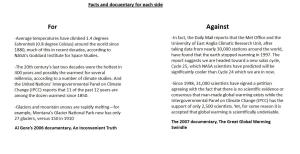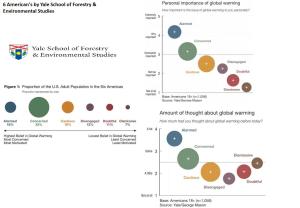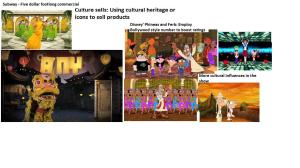When it comes to what we expect from our news it is simple, we want a network that will inform us in a balanced and unbiased way, allowing us know about what’s happening in our local areas and globally. The Society of Professional Journalists (SPJ)’s code of ethics states the journalists should:
– Be honest
– Fair and courageous in gathering/reporting/ interpreting information
– Act independently
– Be free of obligation to any interest other than the public’s right to know
– Be accountable to their readers/listeners/viewers and each other
– Seek truth and report it
In turn Journalism becomes the ‘voice for the voiceless’ (Ward, 2009, p. 14), creating discussion and shaping the view of a situation to the masses. Thus a further need for any organisation to discuss a firm and institutionalised set of values based on an explicit statement of purpose. However when adding political, social and military interest into the mix and lines are blurred, distorting the truth as representation focuses on prompting one side’s agenda. In the video below the focus on the financial gain and politics of Al Gore by journalist take away the focus on the important issue, global warming.
When it comes to global warming people are confused so much that the people at Yale’s school of Forestry and Environmental Studies has named them the ‘6 Americans’ ( see image blow), the study did content analysis on a sample of the populations views on the hot topic and compiled them into 6 state of minds.
6 AMERICANS
BOTH SIDES: THE FACTS

When both sides are given equal representation time does it mean that both sides are equally true; journalist today struggle with the ethical responsibility to report the majority of scientific study or whether they should report and amplify the ‘unheard voices’ of climate skeptics.
References:
Ward, B 2009, Journalism ethics and climate change reporting in a period of intense media uncertainty, in Ethics of Science Journalism, volume 9, pp. 13-15
http://www.policymic.com/articles/3824/a-really-inconvenient-truth-global-warming-is-not-real
http://news.nationalgeographic.com.au/news/2004/12/1206_041206_global_warming.html


